 |
In addition to DPReview receiving confirmation that Venus Optics is working on a new ultra-fast F0.95 ‘Argus’ lens lineup, Venus Optics has also announced it’s adding new mount options for its 4mm F2.8 circular fisheye lens.
 |
Now, in addition to Micro Four Thirds (MFT) cameras, the 4mm F2.8 circular fisheye lens will be available for Canon M-, Fuji X- and Sony E-mount camera systems. The updated models will feature the same optical design constructed of seven elements in six groups. The lens features a 210-degree angle of view, 8cm (3.14in) minimum focusing distance, seven-blade aperture diaphragm and weighs just 135g (4.7oz).
 |
Below is a gallery of sample images, provided by Venus Optics:
$ (document).ready(function() { SampleGalleryV2({“containerId”:”embeddedSampleGallery_8855456135″,”galleryId”:”8855456135″,”isEmbeddedWidget”:true,”selectedImageIndex”:0,”isMobile”:false}) });
The new Canon M-, Fuji X- and Sony E-mount versions of the 4mm F2.8 circular fisheye lens are currently available on Venus Optics’ website for $ 200.
Venus Optics adds Fuji X, Sony E & Canon M options to the Laowa 4mm f/2.8 Circular Fisheye Lens
Anhui China, Aug 7, 2019 – Venus Optics, the camera lenses manufacturer specializes in making unique camera lenses, add new Fuji X, Sony E and Canon M variants to the Laowa 4mm f/2.8 Circular Fisheye Lens.
Laowa 4mm f/2.8 Fisheye lens is an 8mm equivalent fisheye prime specially designed for mirrorless cameras with APS-C and MFT sensors. On the contrary to the Laowa ‘Zero-D’ wide angle lenses, the new 4mm fisheye lens is designed to create an extremely distorted circular fisheye perspective.
210° angle of view The lens features an ultra-wide 210° angle of view. Photographers can take advantage of the dramatic field of view to capture more than what your eyes can see. A full 360-degree panorama can also be done using just 2 images as opposed to shooting 6 or more images with conventional fisheye lenses. This lens is also particularly good for VR photography, shooting virtual tour, skateboard shooting and spherical panorama.
Fast f/2.8 aperture The ultra-fast f/2.8 aperture makes it an ideal option for astro-photography and shooting in lowlight condition.
Focus as close as 3.14” (8cm) from sensor Photographers can take advantage of the super close focusing distance to capture some heavily distorted & impactful shots.
Drones friendly The MFT version of the lens can be mounted on DJI Inspire X5 drones to create some epic ‘God’s vision’ shots.
Outstanding sharpness Houses with 7 elements in 6 groups, the new 4mm has an outstanding sharpness throughout the frame. Along with the 210o ultra-wide angle, photographers can either ‘de-fish’ the image in post-processing or crop to transform the image into a rectilinear image.
Super Tiny & Lightweight The lens is extremely tiny and lightweight. Measuring only 1.77” (45mm) long and weighing 4.7 oz (135g), the lens is so small that can be put into pocket for shooting anywhere, anytime.
Huge Depth of Field The depth of field of this lens is so deep that no focusing operation is required. Simply park the focus ring at infinity focus and stop down the lens to around f/5.6, everything will be in focus.
Pricing & Availability The lens is currently available to order from authorized resellers and in Venus Optics official website (http://www.venuslens.net/). It is ready to ship now. The ex-VAT retail price in US is USD 199/pc. Pricing may vary in different countries.
Articles: Digital Photography Review (dpreview.com)






































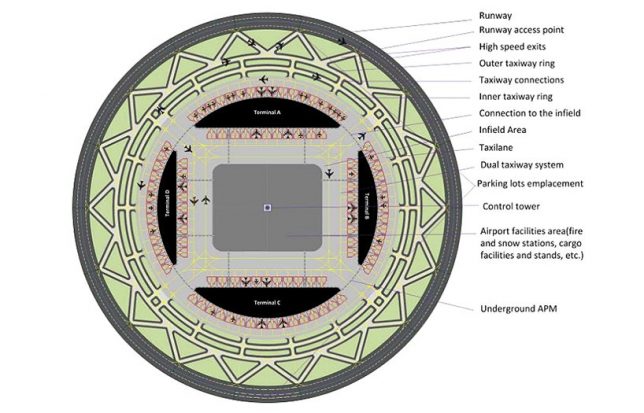







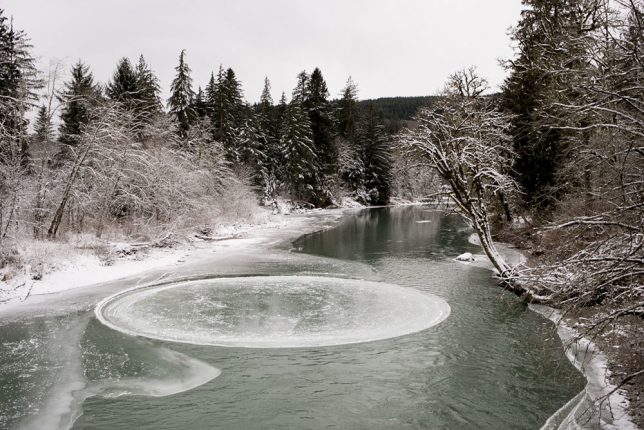

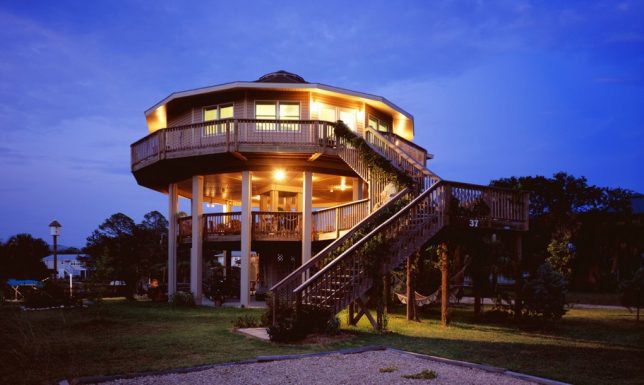

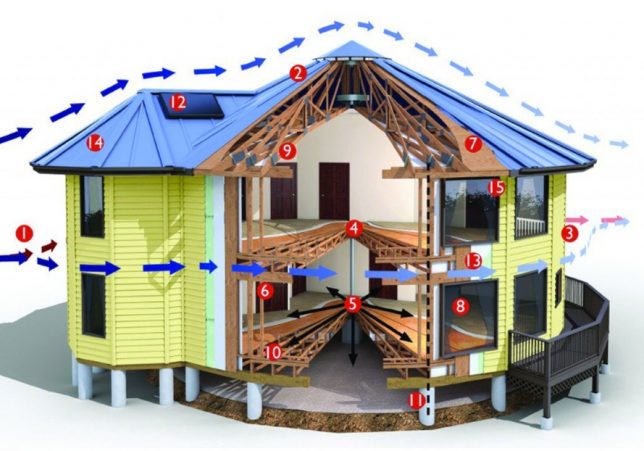
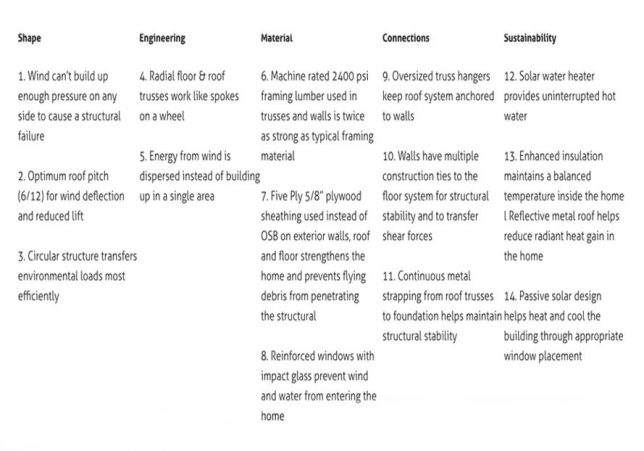

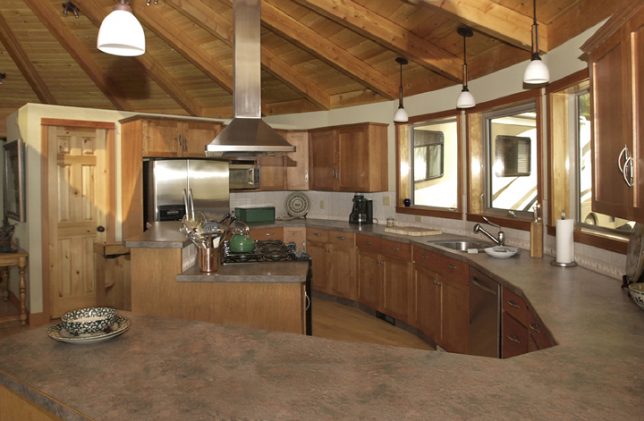
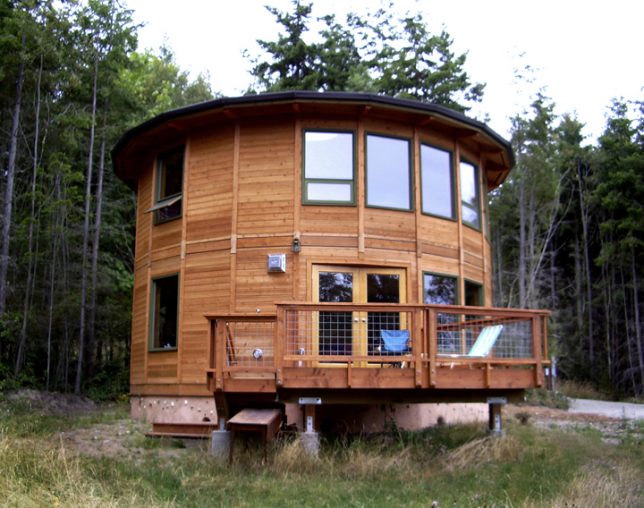


You must be logged in to post a comment.